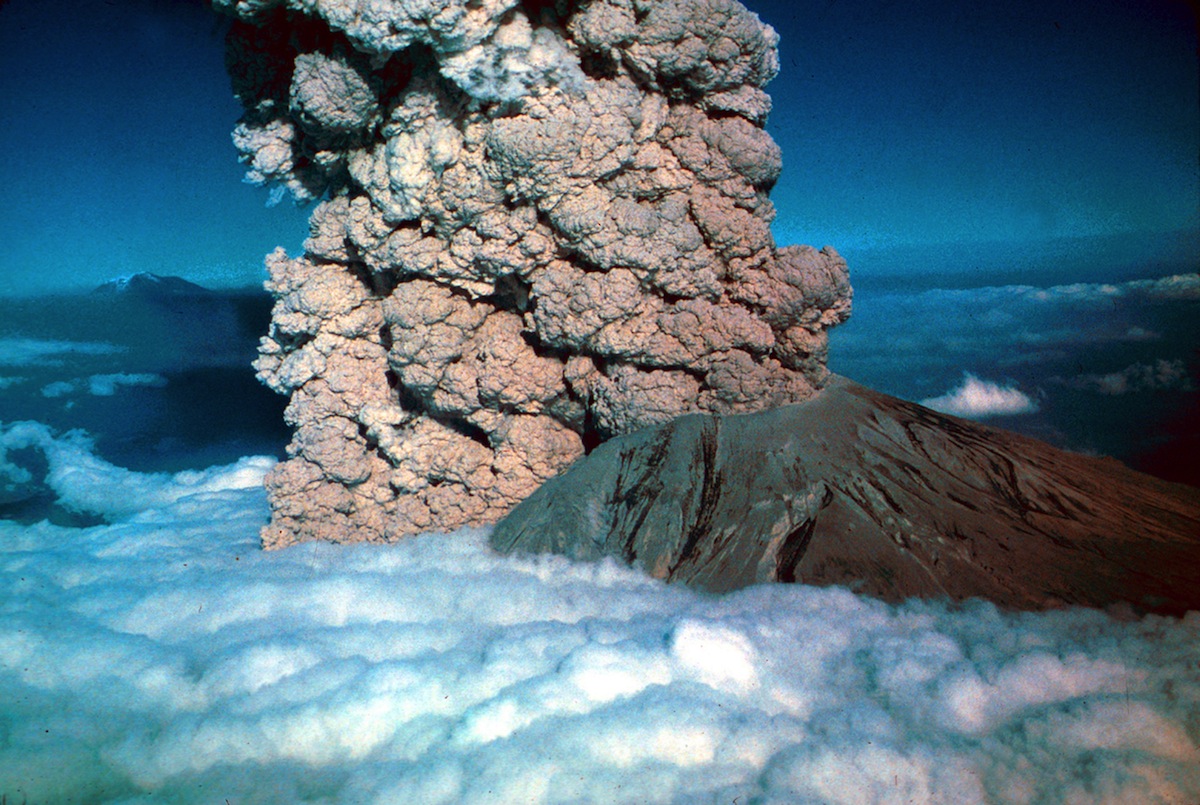
Mount St. Helens might have been a “baby among volcanoes,” in geological terms, but its 1980 eruption was the deadliest, most destructive volcanic event in U.S. history.
When the 9,677-foot peak in the Washington Cascades blew its top on this day, May 18, 35 years ago, it killed 57 people and thousands of animals, leveling 200 sq. mi. of forest. Within seconds, its symmetrical cone became a crater 1,300 ft. lower, thanks to a sideways blast that triggered a 300 m.p.h. landslide. A plume of ash shot 16 mi. into the air, and then rained back down to earth as dust so thick and fine it blotted out the sun as far away as Montana.
TIME put the natural disaster in perspective, pointing out that geologists didn’t find Mount St. Helens a particularly impressive specimen. Two weeks after the eruption, the magazine noted:
Mount St. Helens is something of a baby among volcanoes. It was born a mere 37,000 years ago, which is scarcely more than an instant in geological time. The mountain last erupted in 1857, when the area was an uninhabited wilderness. Last week’s blowup ranked as middling, as volcanic eruptions go. But the people who stumbled off St. Helens’ slopes, or were plucked to safety by helicopters, told tales that rivaled wartime survivor stories.
Although the mountain had been letting off steam since March of that year, no one knew exactly when it would blow, or how bad it would be. Residents of the surrounding foothills and forests who were surprised by the timing included a logger who would have almost surely died if the mountain had erupted a day later, when he was scheduled to be among a crew of 200 felling trees in the blast zone. Instead, he fled his home after hearing the explosion on Sunday morning.
“I heard the goldangest noise, like someone upending a bunch of barrels down the road,” he told TIME. ‘There was a roar, like a jet plane approaching, and a lot of snapping and popping. Those were the trees. We got out fast.”
See 9 Stunning Photos From the Volcano Eruption in Chile
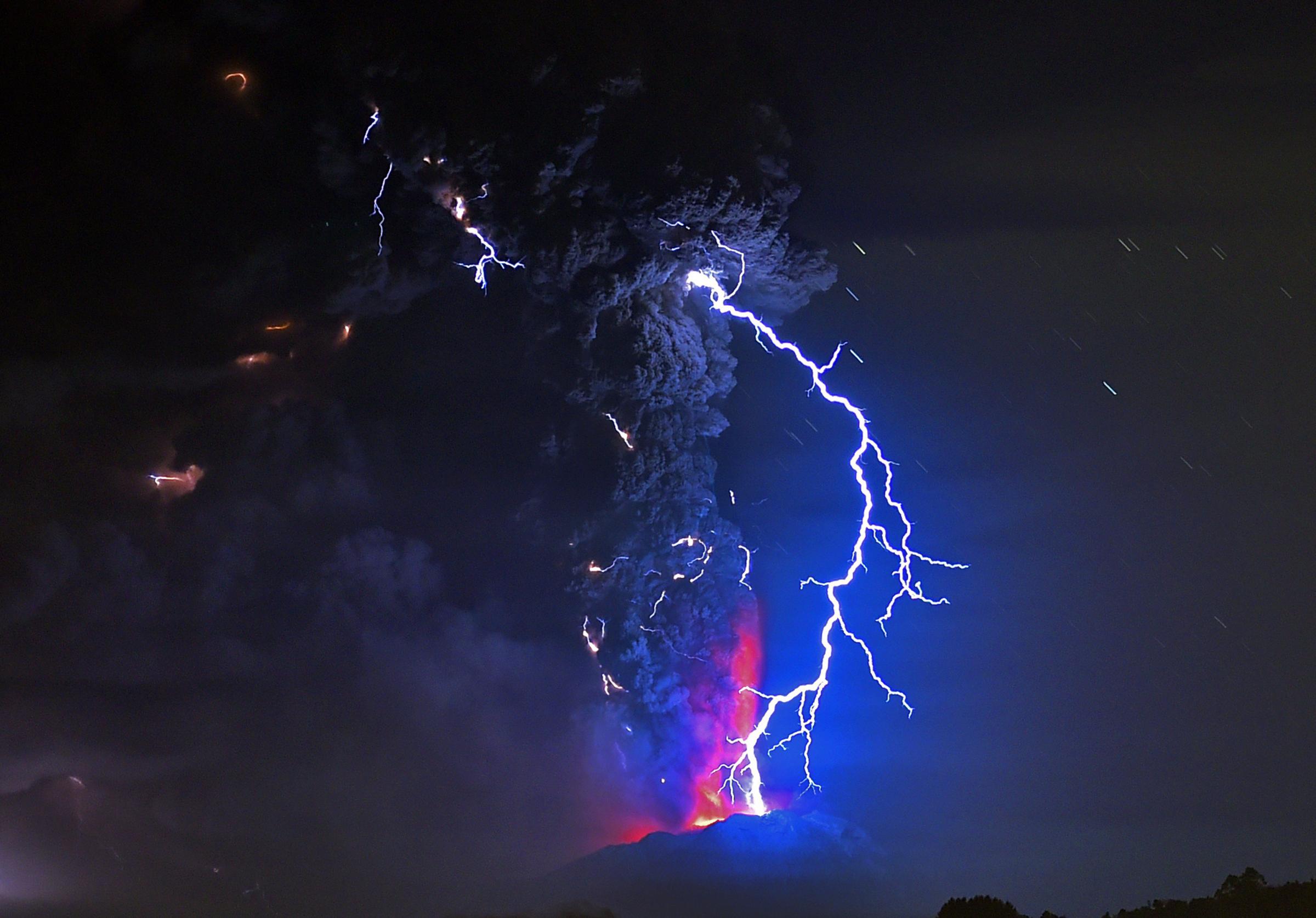
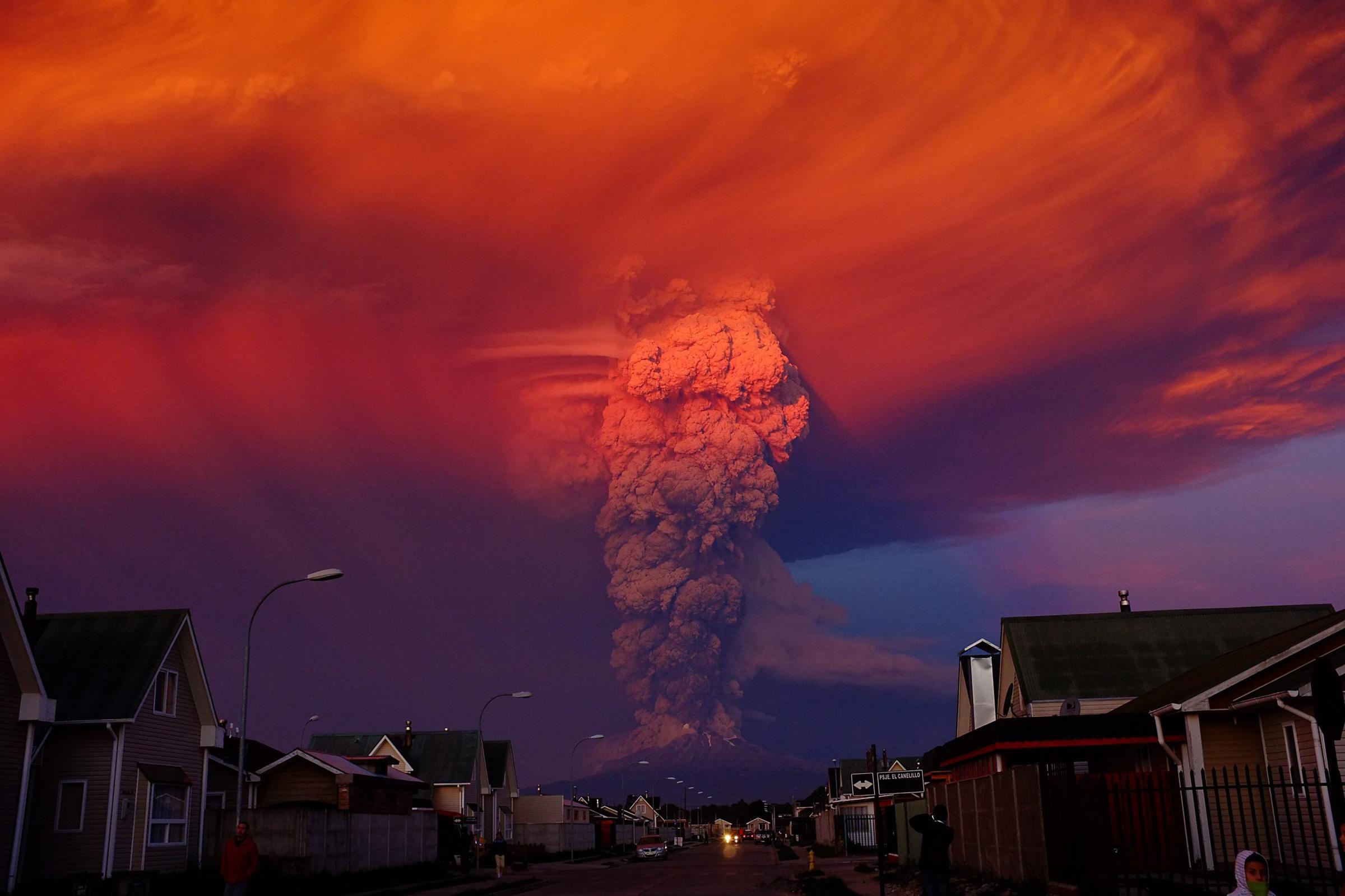
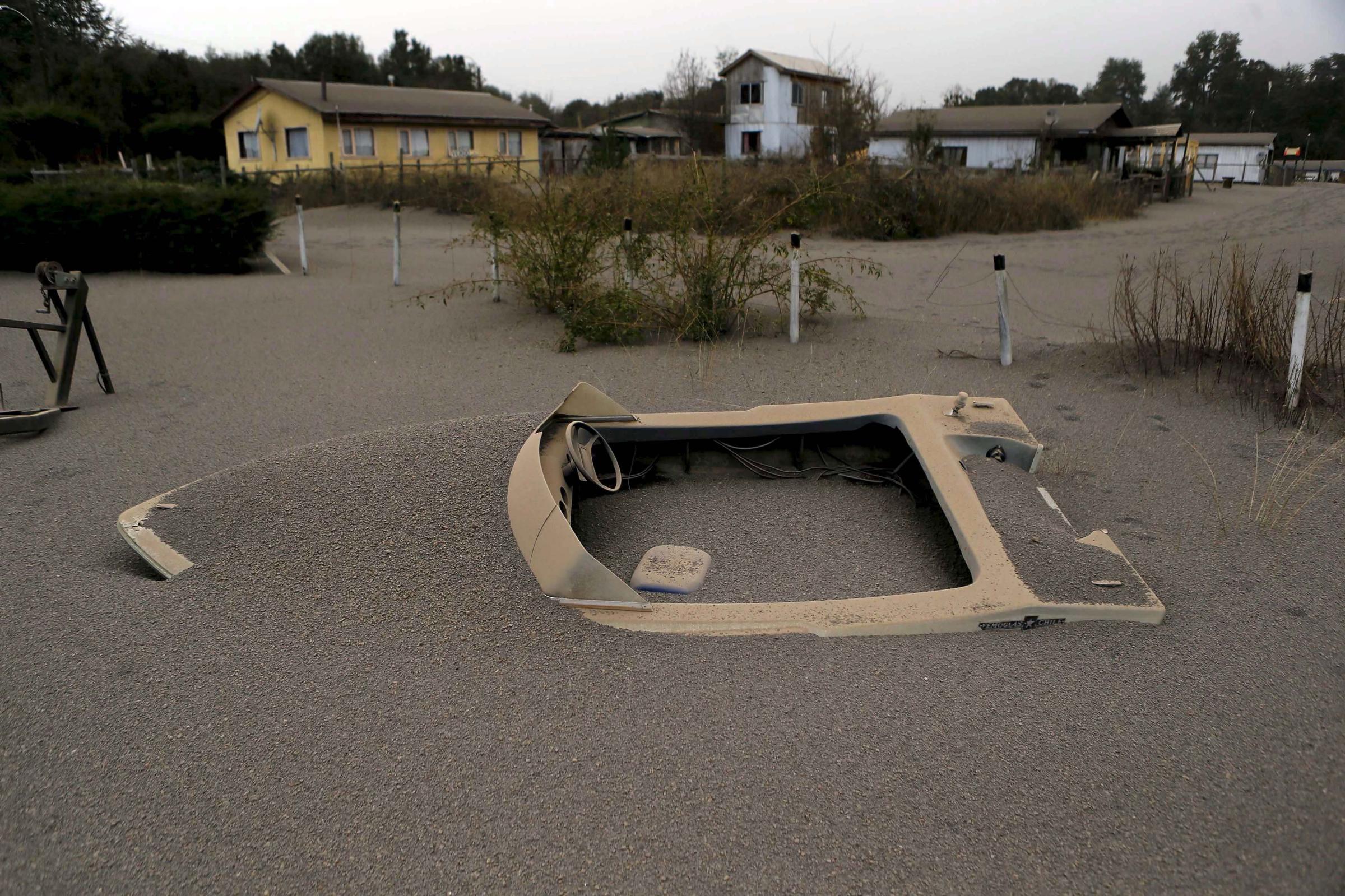
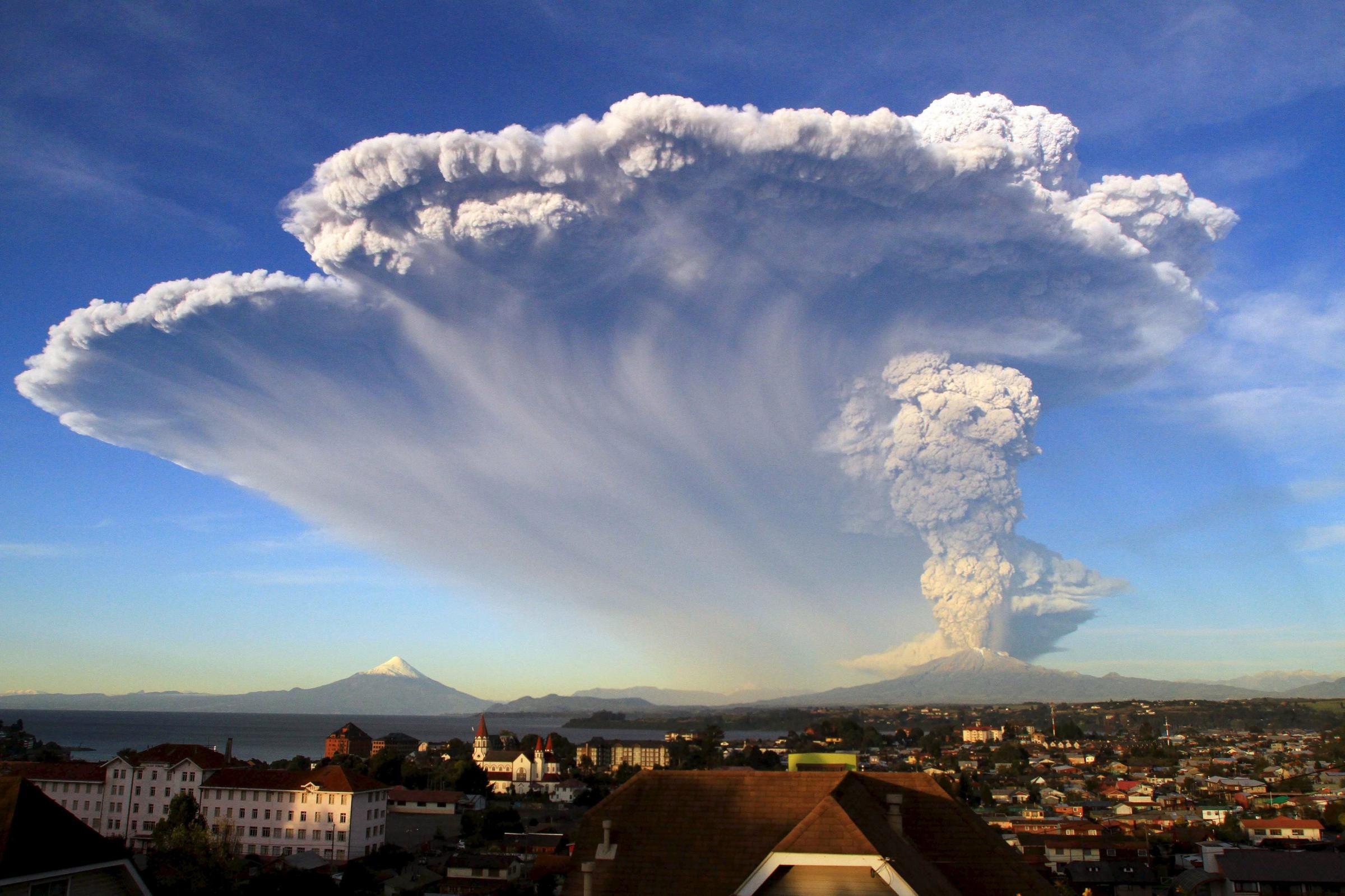
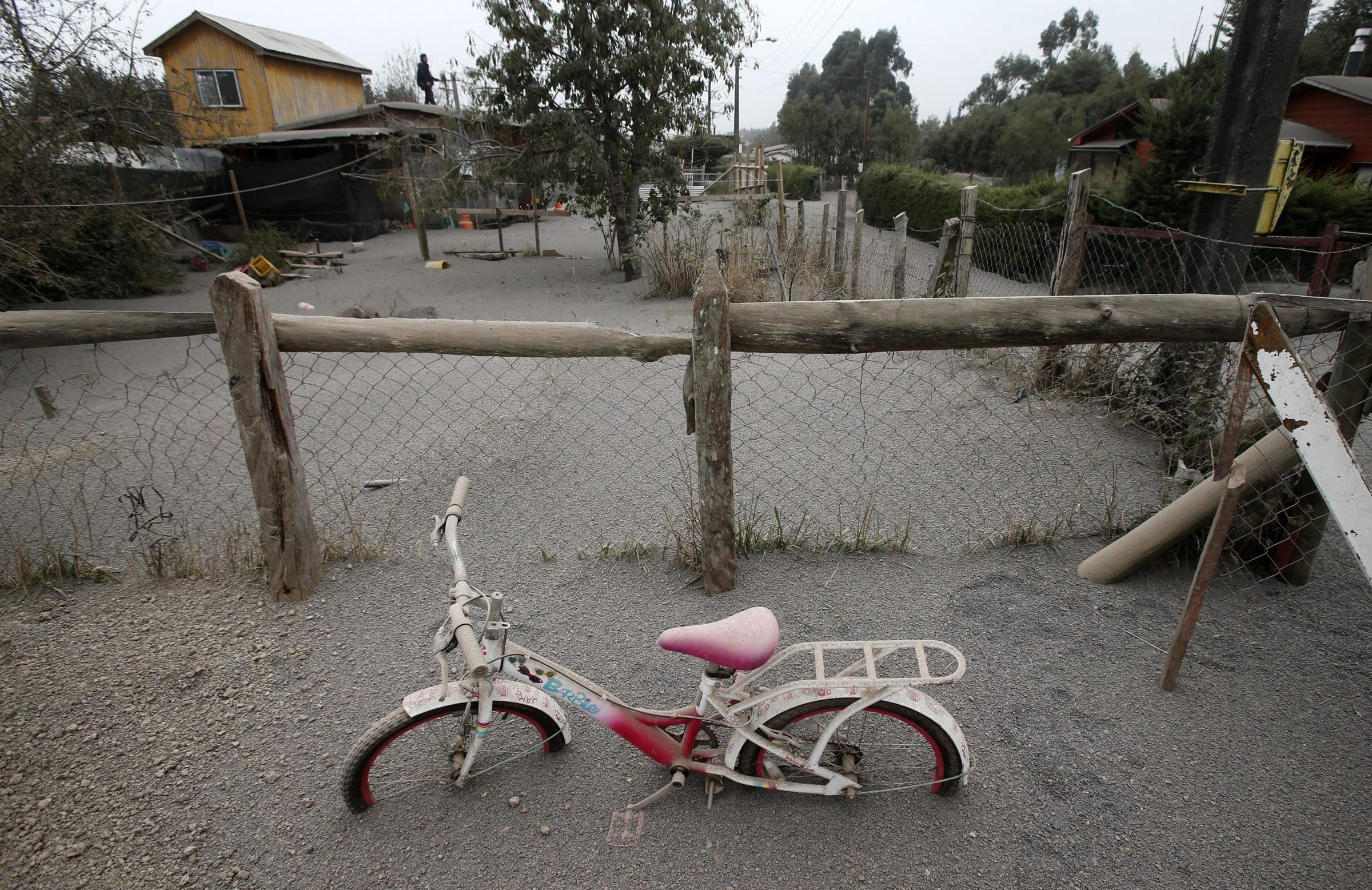
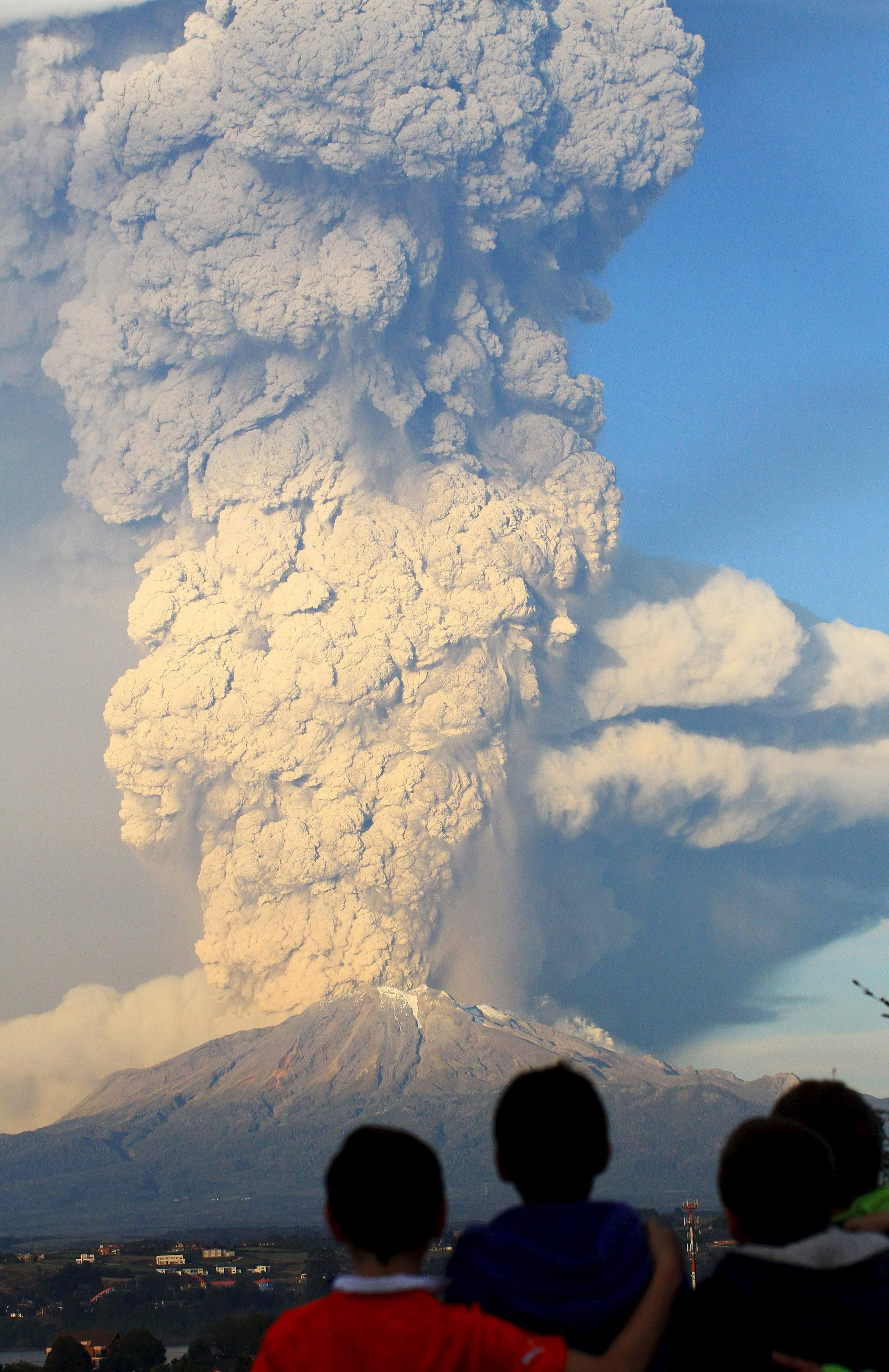
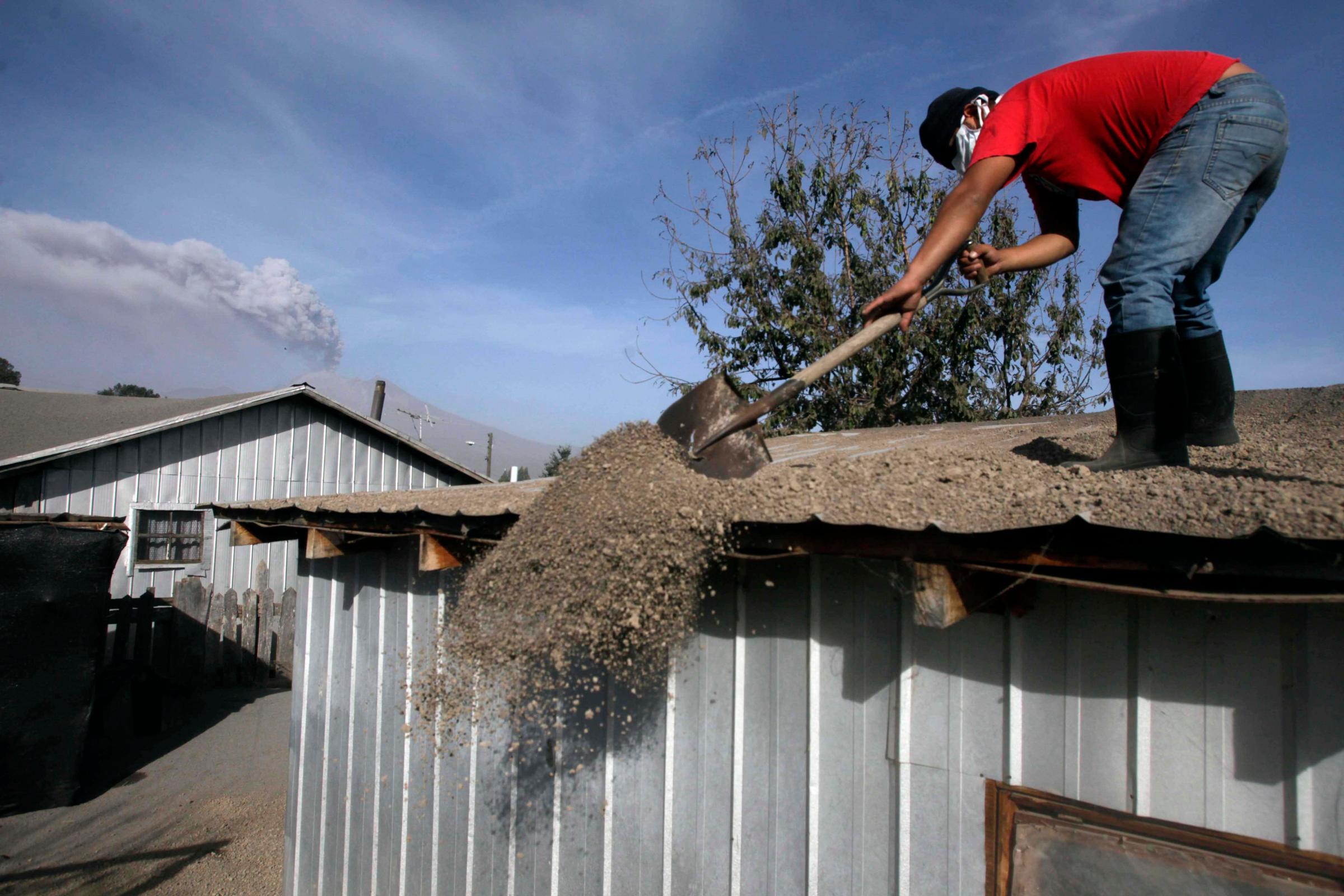
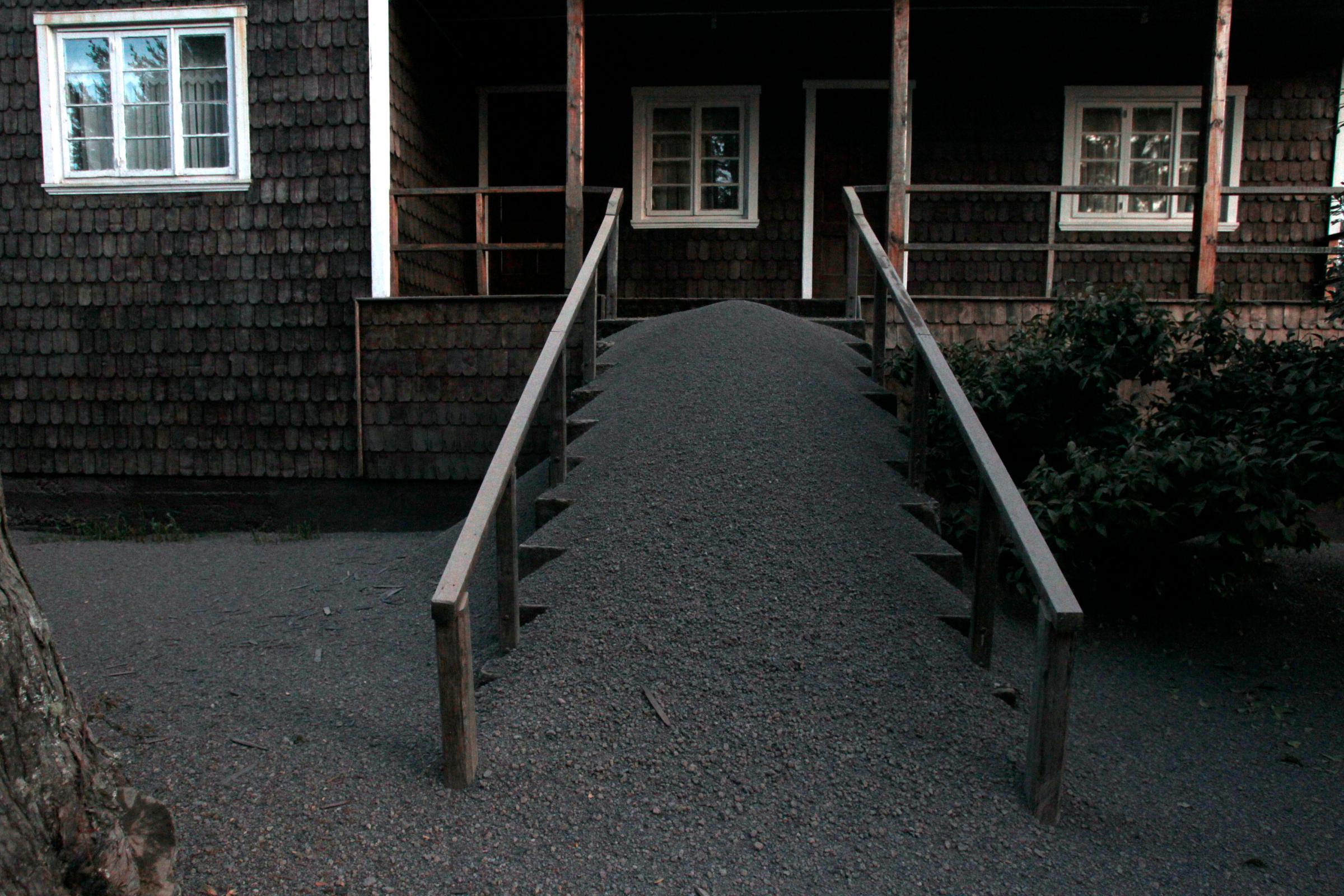
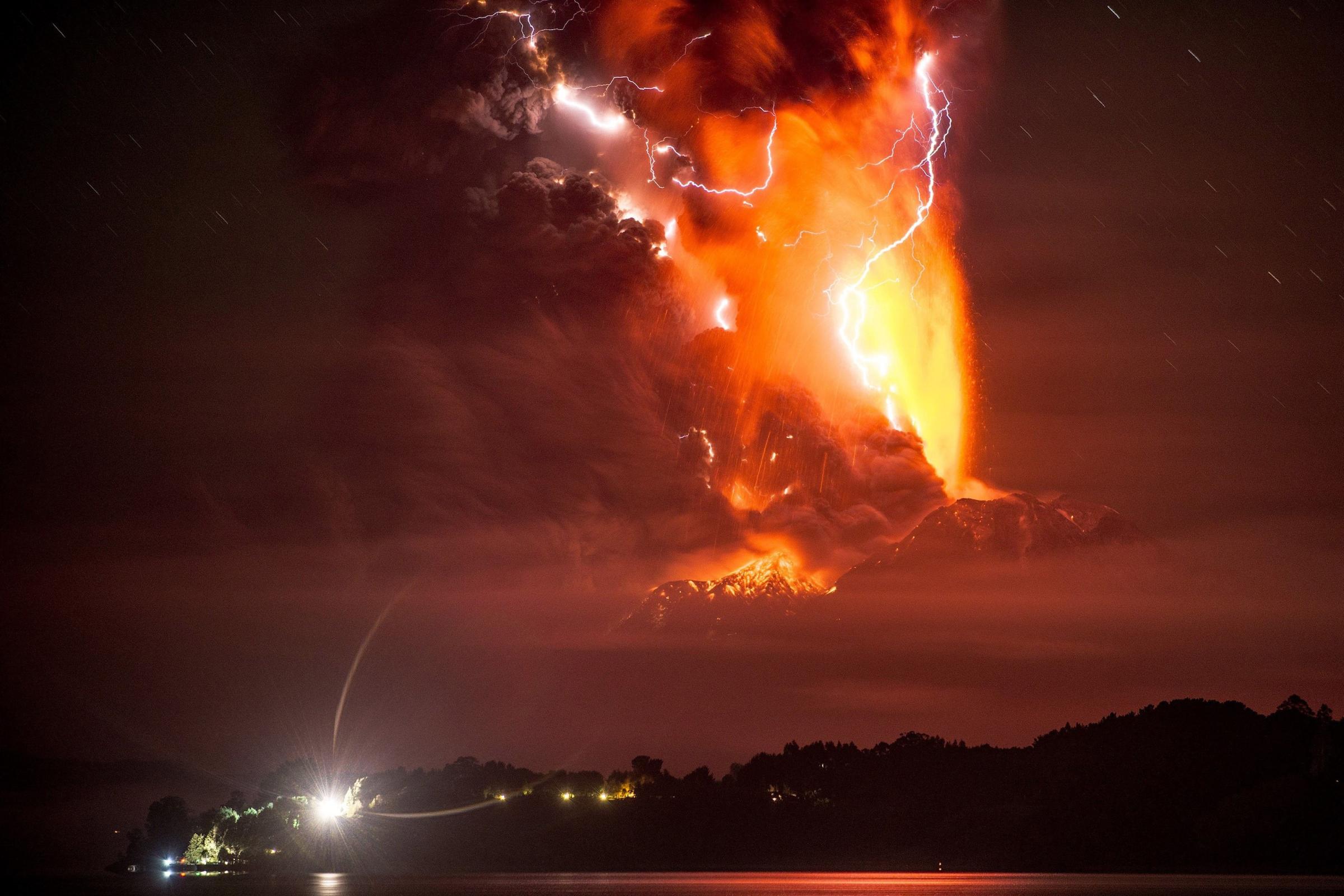
The 57 people who died included loggers and miners, journalists and geologists, along with families camping in areas they believed were safe. One was an 83-year-old innkeeper named Harry R. Truman, who became notorious in the weeks leading up to the blast for his colorful crustiness and his stubborn refusal to back down from the volcano’s threats. Despite daily earthquakes at the lodge he ran at the mountain’s base, he vowed to stay there with his 16 pet cats — and a cache of whisky, according to the New York Times.
More from TIME
“No damn way does that mountain have enough stuff to come my way,” he told a reporter for The Oregonian, a month before the mountain buried him and his cats in scalding ash.
But, clearly, an unimpressive volcano in geological terms can still be a staggeringly destructive force by human standards. The superheated gases that bubbled up inside Mount St. Helens ultimately exploded with 500 times the force of the atomic bomb dropped on Hiroshima, per TIME. Spewing an estimated 1.5 cubic mi. of debris, the blast rivaled another volcanic event that made an indelible impression on humanity, if not geology: the eruption of Mount Vesuvius in 79 A.D., which destroyed Pompeii and Herculaneum.
Read more about the eruption from 1980, here in the TIME archives: God, I Want to Live!
More Must-Reads From TIME
- The 100 Most Influential People of 2024
- Coco Gauff Is Playing for Herself Now
- Scenes From Pro-Palestinian Encampments Across U.S. Universities
- 6 Compliments That Land Every Time
- If You're Dating Right Now , You're Brave: Column
- The AI That Could Heal a Divided Internet
- Fallout Is a Brilliant Model for the Future of Video Game Adaptations
- Want Weekly Recs on What to Watch, Read, and More? Sign Up for Worth Your Time
Contact us at letters@time.com